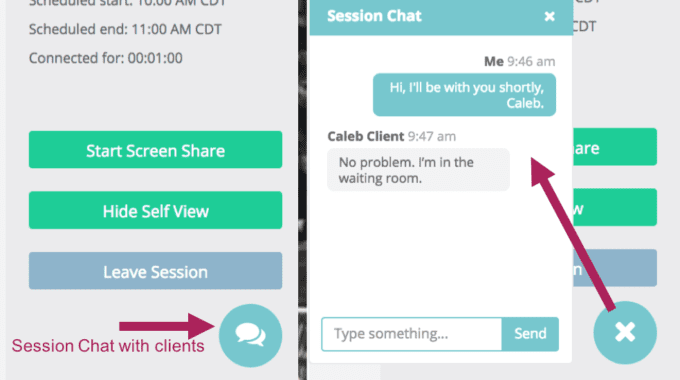How Therapists Can Use CBT for Depersonalization
Depersonalization is the experience that someone has of being detached or disconnected from one’s reality. CBT for depersonalization has grown to become the condition’s most common course of treatment among mental health providers.
Depersonalization disorder is characterized by psychological/emotional experiences where an individual does not feel like themselves or like they are an objective witness to the occurrences in their life. Depersonalization transitions into a disorder when an individual experiences this on a regular or persistent basis.
Symptoms of Depersonalization Disorder
According to Mayo Clinic, the following symptoms align with a diagnosis of depersonalization disorder:
- Feelings as though you are an observer of your own thoughts/feelings or parts of your body
- Feeling out of control of your speech or movements
- Feeling as though parts of the body are distorted
- Feelings of numbness (emotionally and physically)
- Lack of emotion toward memories or feeling like they belong to another person
The Causes and Risk Factors:
The cause of depersonalization has yet to be pinpointed to any major or common occurrence. Some psychologists believe that some people are more vulnerable to the condition than others whether it be genetic or environmental factors at work. Psychologists do know that increased stress, anxiety, and fear can all contribute to depersonalization disorder.
Risk factors of this disorder include:
- Personality traits that lean toward avoidance
- Trauma experiences
- Consistent or severe stress
- Depression
- Anxiety
- Recreational drug use
The Goal of CBT for Depersonalization:
This condition is usually treated through psychotherapy and most mental health providers choose cognitive-behavioral therapy (CBT) for depersonalization disorder. The goal of CBT for depersonalization is to help an individual reframe their thoughts, change negative or harmful thought patterns, and to identify triggers and set goals for working through them. Professionals generally agree that a combination of both group and individual CBT for depersonalization is effective in treating clients.
CBT Applications:
Grounding
Grounding techniques are used by many mental health providers to help bring patients back to reality. These techniques are used most often in clients with anxiety who struggle with having too many thoughts at once. These techniques help to connect an individual to the here and now. During CBT for depersonalization, grounding techniques can help individuals who feel disconnected from the present moment find ways to connect. Some great grounding exercises including:
- Noticing surroundings in great detail
- Ask questions that help reorient yourself with the present (What time is it? What is my name? Where am I?)
- Use the Senses (touch surfaces, smell the air, taste something sour)
Mindfulness Meditation
Mindfulness meditation is another common CBT tool for depersonalization that providers often utilize. Mindfulness meditation should be used to help connect an individual to their body and mind.
The focus on bodily awareness aims to help individuals that feel disconnected from parts of their body and mind start to connect with them again. Mindfulness is often integrated into CBT in and out of the depersonalization setting.
Combo Group/Individual Therapy
The combination of group and individual therapy is useful in CBT for depersonalization for a number of reasons.
Benefits of Group therapy:
Group therapy is a helpful tool/intervention that focuses on bringing people with similar experiences together to explore those experiences. For someone with depersonalization disorder, connecting with others can sometimes feel difficult.
Group therapy is a great opportunity for those who struggle to connect with the world around them to have a safe place to practice and form that connection.
Through different group exercises and interventions, providers can teach their clients a variety of strategies for engaging with the world around them while still feeling like they are a part of it.
Benefits of Individual Therapy:
While group therapy helps clients with depersonalization disorder connect to others and the world around them, individual therapy helps them stay connected to themselves. Individual CBT for depersonalization gives the client the space they need to be vulnerable and works on strategies that help them connect to their own body and mind.
Dissociation and depersonalization can be a sign that a client is going through increased stress, trauma, anxiety, or even depression. CBT for depersonalization can be a great approach for helping clients navigate what they are experiencing.







